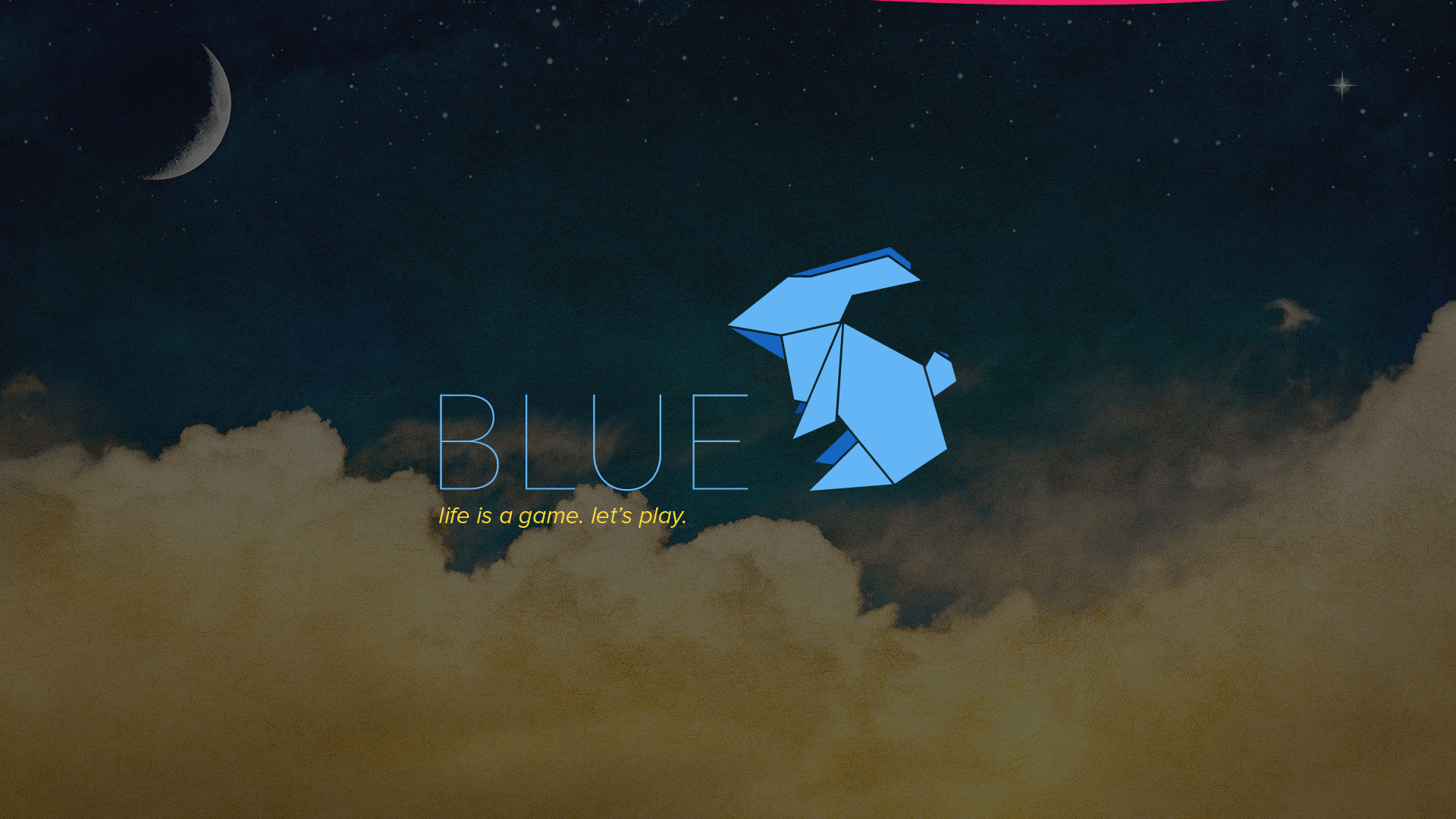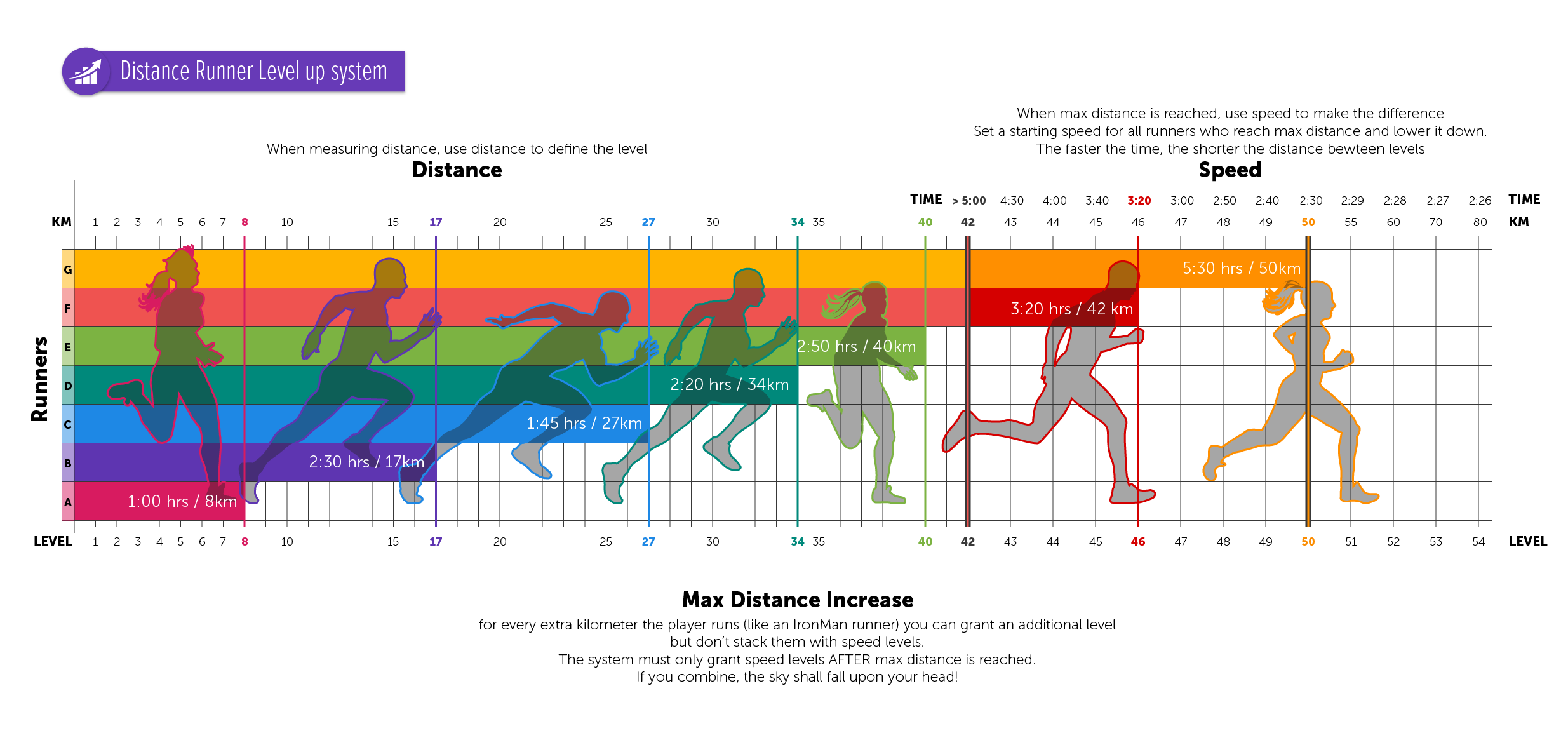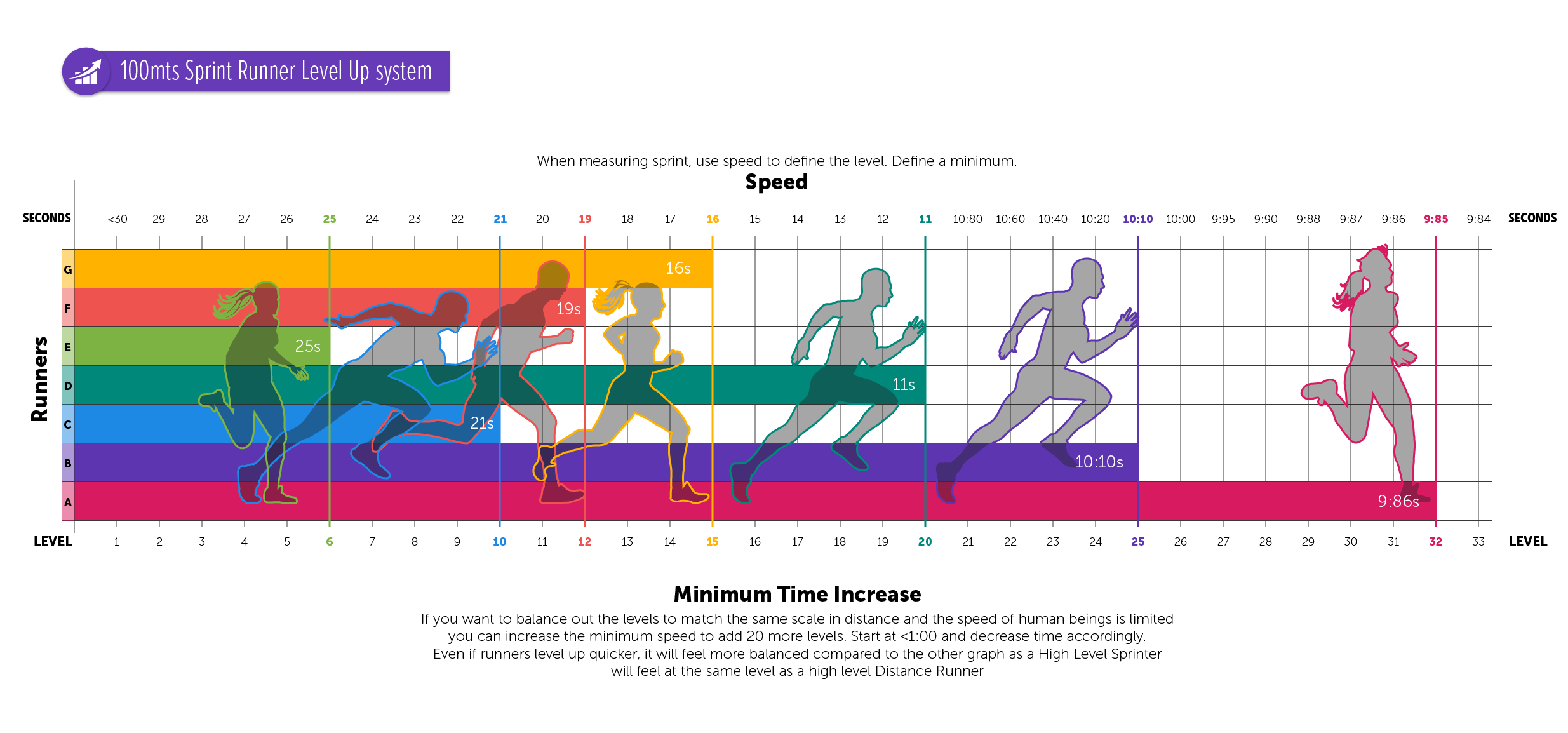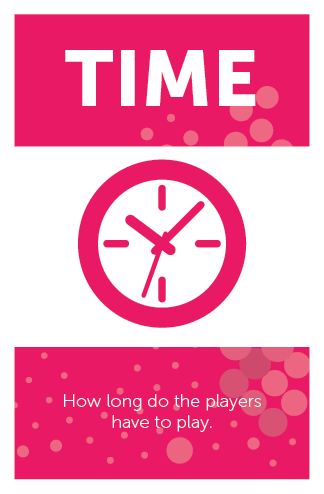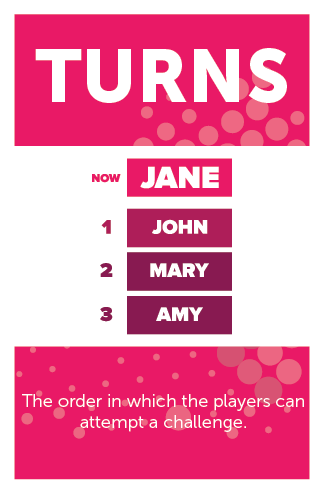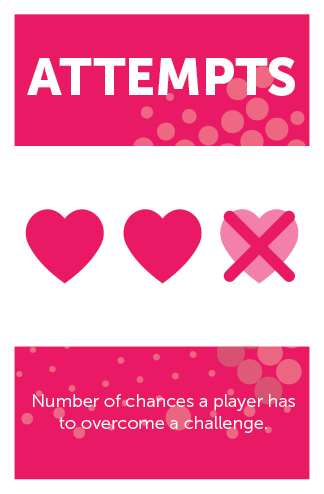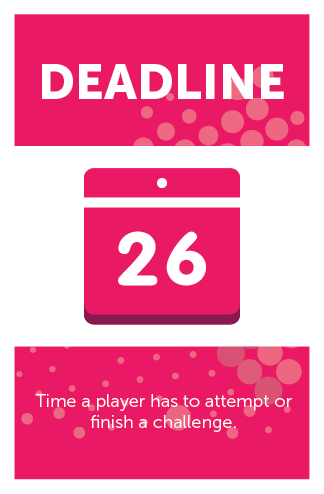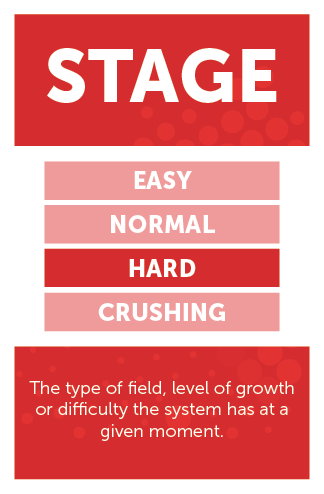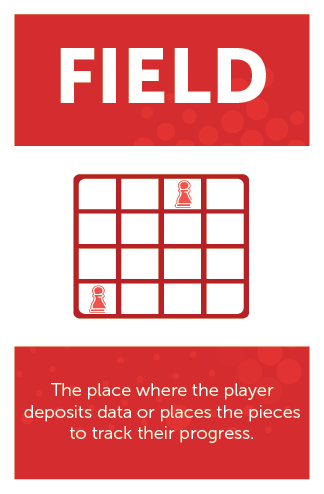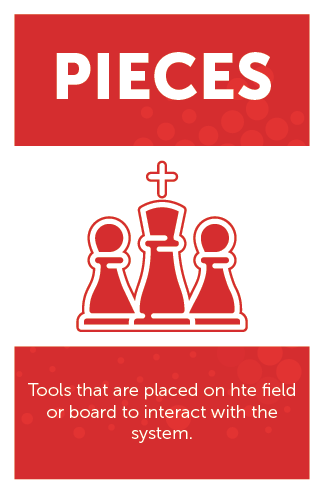
Thre Paradox of #gamification design
The Paradox of #gamification design
The harder for the game master the easier for the player... at least in theory...The Paradox
The harder for the Game Master, the easier for the players.
This idea came to me as a Dungeons and Dragons Game Master (which is pretty much the one skill you need to become a gamification designer). The thing is that the amount of rules the game master has to know is gigantic. A good Game Master goes on to read at least three complete manuals (that’s aroun 300 pages each) while the player can simply get his character sheet and simply play the game.
When you are a Game Master you have to build scenarios of possibilities. You N-E-V-E-R (and I can’t stress this enough) know how your players will play. They will use your own rules against you whenever possible.
Now, the paradox is there to tell you that the more time you invest in developing a #gamification system the more your players will be able to take from it.
However another thing comes to mind: Rules must be simple. Story however, can be as complex as it may.
Simple is VERY different from easy (golf, bowling, soccer). A simple set of rules will ensure your players stay bound by them without too much thought, but if the story is complex and has many plots and turns, players will focus on it rather than the rules.
Now, if the rules MUST be complicated, then use a tutorial, DO NOT throw all of them at once. If it’s a system that will be played over months or years, take the first three to four weeks to get the players on board (Yes, the ON-BOARDING phase that Yu Kai and Andrzej talk about).
The other problem is that you are NOT dealing with characters in a fictional space where physics don’t apply. You are tending to human beings who are as complex as possible and will seek all opportunities to cheat, game, defeat or whatever the system. It is a common phrase around game designers: “You should always design for cheaters”.
Make sure players can only “cheat” under YOUR terms. Think of the law principle that states that whatever is not forbidden is allowed, so always design with that rule in mind.
Can your players repeat a quest 20 times and level up each time? Should your players figure that out by themselves? Should the difficulty of the game rely on everyone behaving?
People LOVE rules. Rules help us keep it together and make sure to point out who isn’t playing by them.
Remember there is a HUGE line between making mistakes and cheating. One is completely OK, the last one should not allow the players to continue.
Take this four things into account always
- Make it FAIR
- Keep it Simple (stupid! –> K.I.S.S.)
- Make complex plots
- What’s not forbidden is allowed
What do you think? Is there anything else you should be thinking with this paradox?
Also read The Paradox of Play by Andrzej Marczewski

Bernardo Letayf
M.B.O. (Mind Behind the Operation)
6th position in the Gamification Gurus Power 100!
Gamification Keynote Speaker & the mind behind the operation @bluerabbit, a gamification platform for education.
Developed three frameworks to teach/learn how to create gamification systems and build gamified content
Declared a world wide war on grades.

